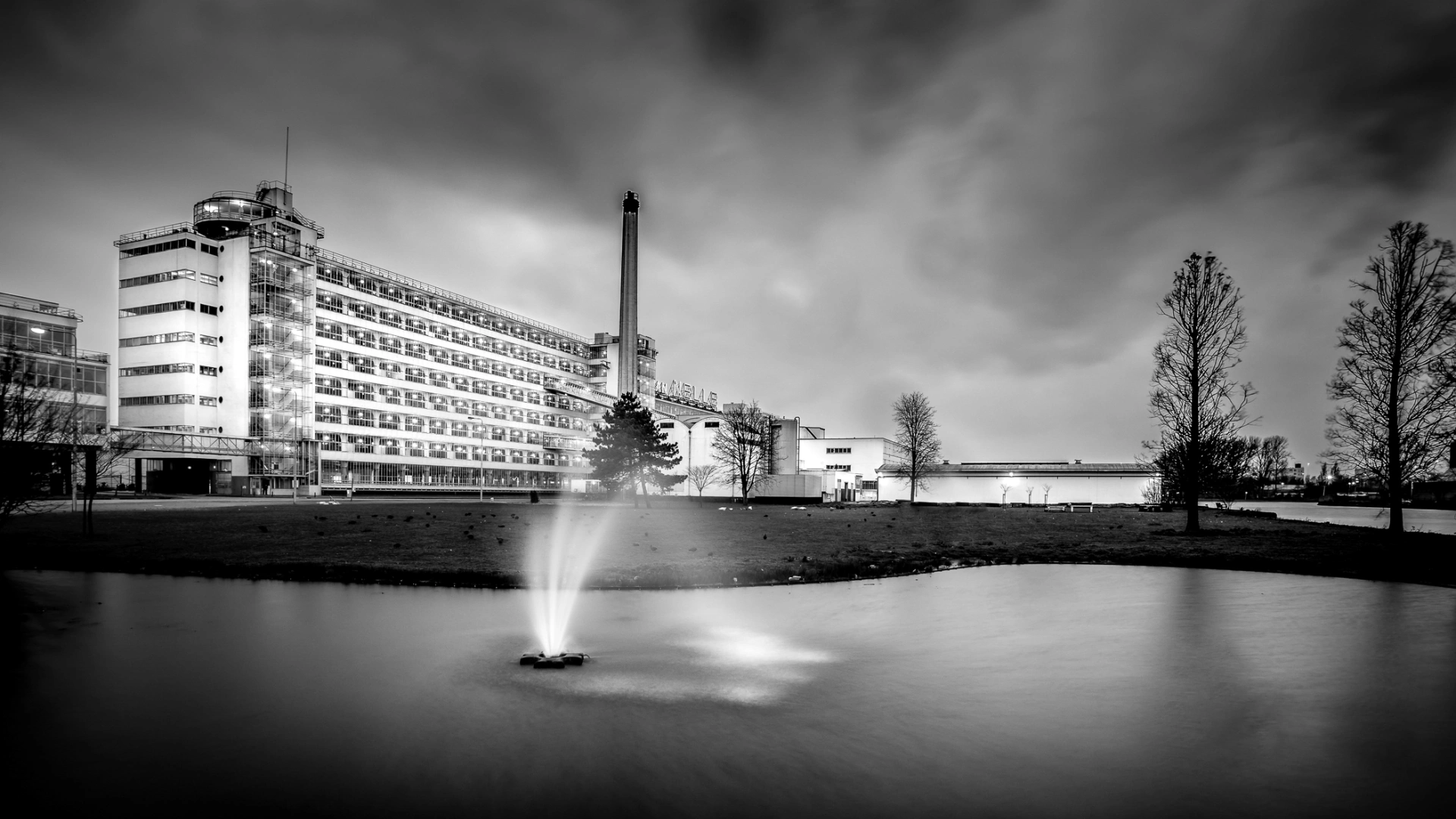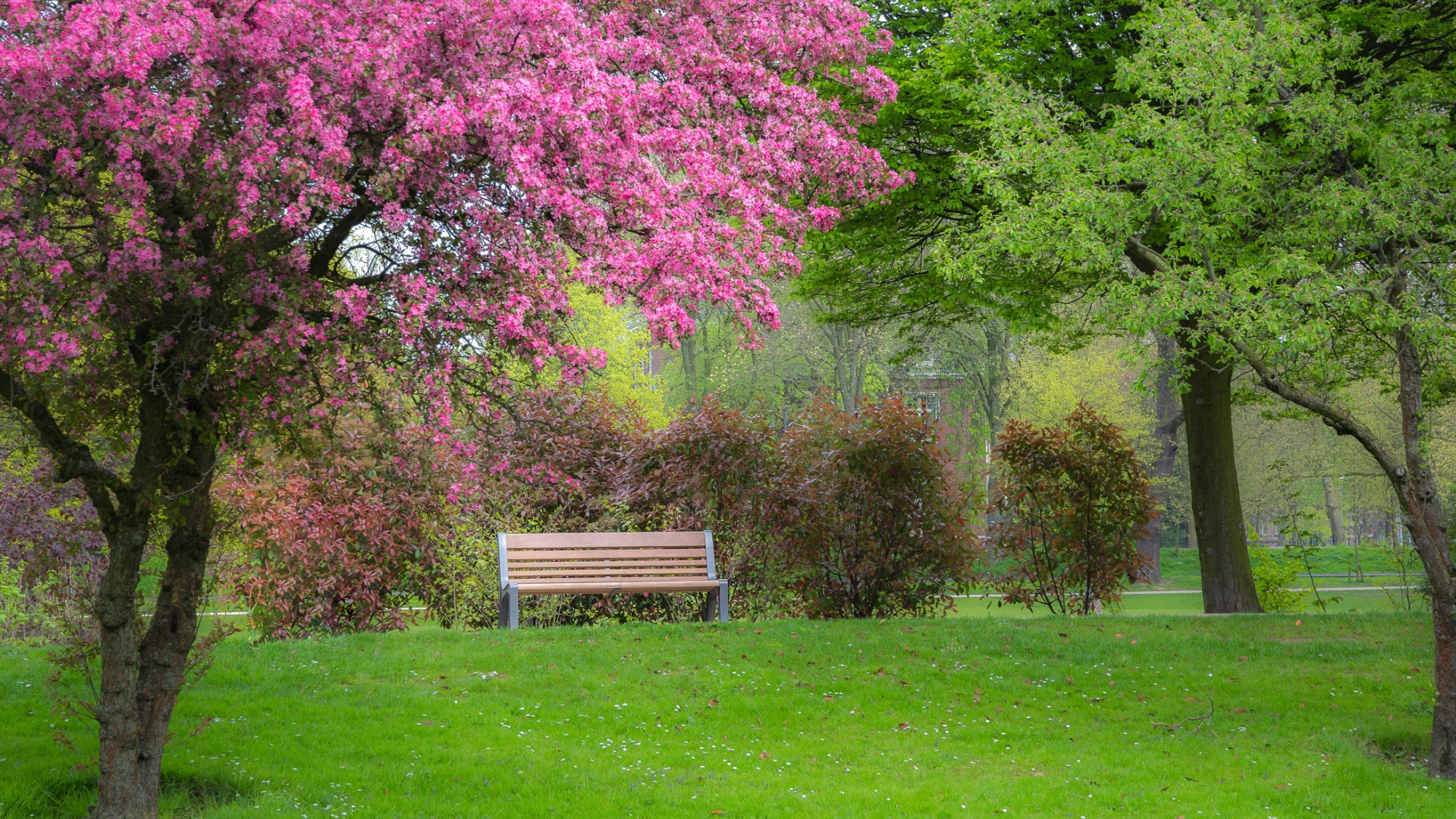- en
- nl
Stately canals, quiet streets and the Vroesenpark. It is not without reason that the Blijdorp district has been designated a protected cityscape since 2014.
Blijdorp was built between 1931 and 1940 in the Blijdorp polder, after which the district is named. The construction of Blijdorp became possible after the filling up of the Rotterdamse Schie. In the bombing of 14 May 1940, Blijdorp was not hit. After the bombing, however, the need for new housing was great and a large number of houseboats were placed in the Noorderkanaal near the district, which are still there today.
Blijdorp together with Blijdorpse Polder counts about 10,000 inhabitants. The population has become younger in recent years. The district attracts people between 25 and 45 years of age. Many young couples choose to buy a house in Blijdorp. The average income of the district is the highest in the North area. The residents are enterprising; a number of them try to live self-sufficiently. There is also an active residents' association.
When you are renting a house in Blijdorp, The Vroesenpark is the place to be in the summer, the residents of the area are coming here for barbecuing and sunbathing. Since its opening in 1940, Blijdorp Zoo has been a major attraction in the neighborhood. Sport recreationists can use their energy in the Roel Langerakpark. There is a freely accessible athletics track, a disc golf court (frisbee sport) and a promenade leading to the zoo. Adjacent is the nature playground de Speeldernis. Several sports clubs are also located around the park.
Accessibility of Blijdorp
The Blijdorp area is easily accessible by public transport, there are various bus and tram stops in the area. Highways are easy to reach.

